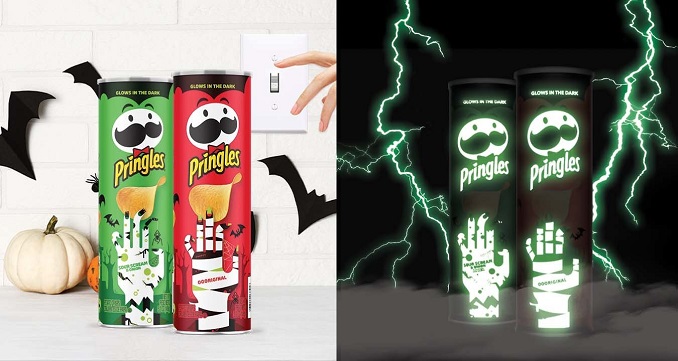A mere ten years ago, when someone mentioned “delivery” in conversation, they typically meant one of two things: pizza delivery or Chinese food delivery. And they always meant ordering by phone.
Evolving Trends in Food Delivery: Fresh Ideas for Fresh Food
Times have changed. Food delivery has evolved rapidly in recent years as mobile and internet penetration nears 100% in North America, and as more people acclimatize to online shopping. The industry isn’t finished evolving, either – fresh new ideas for food delivery continue to change the way people order food.
In this article, let’s explore how the pandemic altered customer expectations, how delivery platforms have evolved in the past decade, and how new food delivery companies in Miami are continuing to push the idea forward.
Shifting Customer Expectations During COVID
COVID gets blamed for several negative industry disruptions: supply chain issues, employment crises, etc. But you have to give credit where it’s due – the pandemic has also pushed certain industries forward. Namely, it spurred the food delivery industry to address shifting customer expectations.
At the dawn of the pandemic (all the way back in early 2020), customers began demanding contactless, convenient ways to order food. At around the same time, an increasing number of people became accustomed to working, communicating and shopping online. These changes culminated in a food delivery boom.
As the pandemic wore on, people’s expectations increased. Suddenly, they wanted more from their online delivery services; they wanted food faster, fresher, and with fewer fees. The food delivery industry had no choice but to evolve once again.
Read Also: Explore the Benefits of Rosin Gummies – Food & Beverage
Aggregate Services, “New Delivery” and the Next Frontier
To understand how food delivery evolved – and continues to evolve – perhaps it’s best to explore the types of food delivery platforms. According to McKinsey’s study of “the changing market for food delivery,” there have traditionally been two types of online platforms: aggregate services and “new delivery.”
Aggregate services came first. Essentially, they were an extension of the old delivery model, where restaurants fielded delivery requests and fulfilled them internally. Aggregate services acted as liaisons between customers and restaurants, a central hub where hungry customers could evaluate their options.
New delivery platforms build on that idea by also providing logistics for restaurants. Levying delivery and service fees from customers (and a margin of each order from the restaurant), new delivery platforms took care of handling and transportation. This is the model most people are familiar with these days.
Finally, there’s the latest step in food delivery evolution: networks of delivery kitchens. The best example here is getREEF, a relatively new food delivery platform from Miami that recently made news by partnering with DJ Khaled for an ambitious, multi-country restaurant rollout.
Essentially, getREEF brings together restaurants and logistics as part of a cohesive whole. They operate a vast network of delivery kitchens situated in several urban centers, bringing kitchens closer to the customers. In doing so, they reduce the wait time for deliveries (under 30 minutes for restaurant food delivery) and remove customer fees, addressing two key customer expectations that arose during the pandemic.
The food industry is constantly evolving. And with more people ordering delivery online, you can expect to see delivery platforms continue to grow and progress in the coming years.






